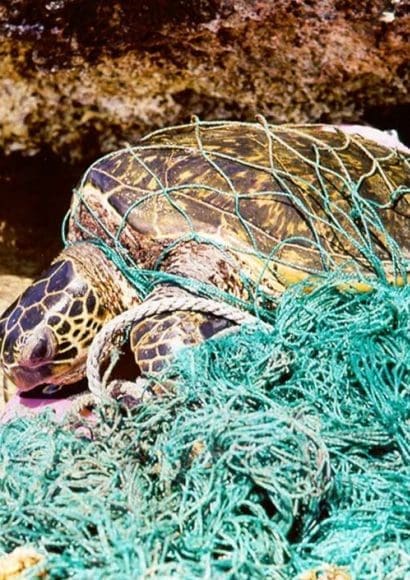
Imagine diving into a beautiful blue ocean. You see colorful fish swimming around coral reefs. But then, suddenly, the water turns cloudy. A loud BOOM! shakes the sea. Fish float to the top, lifeless. What just happened?
This is not a scene from a movie. It’s the result of illegal fishing methods, dangerous tricks that some people use to catch more fish faster—while harming the ocean and everything in it. These methods are not only harmful, but also completely unfair to honest fishers and terrible for marine life.
But don’t worry! By learning about these harmful methods, we can help protect our oceans. So, let’s dive deeper into the world of illegal fishing and see what’s really going on under the surface.
What Are Illegal Fishing Methods?🐟
To begin with, let’s understand the basics. Illegal fishing methods are tricks or techniques used to catch fish that break the law or go against fishing regulations. These methods often:
- Hurt fish populations
- Destroy ocean habitats
- Risk the lives of sea creatures (and even humans!)
- Create unfair advantages for some fishers
Now that we know what they are, let’s explore the most common types of these illegal methods.
The Most Dangerous Illegal Fishing Methods🐟
1. Blast Fishing (Also Called Dynamite Fishing)
This method is just as scary as it sounds. Fishers use explosives like dynamite to stun or kill fish instantly.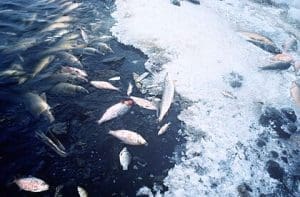
Why it’s used:
- It’s fast
- It makes fish float to the surface
Why it’s bad:
- It destroys coral reefs
- It kills many other sea creatures by accident
- It’s extremely dangerous for the people doing it
“One blast can destroy a coral reef that took hundreds of years to grow.” If you’re curious about how responsibly caught fish can become a gourmet experience, don’t miss our guide on Fish Dishes and Wine Match: A Delicious Adventure You’ll Want to Repeat.
2. Poison Fishing (Using Cyanide)
In some parts of the world, fishers squirt poison (like cyanide) into the water to stun fish so they can catch them alive. These fish are often sold to aquariums.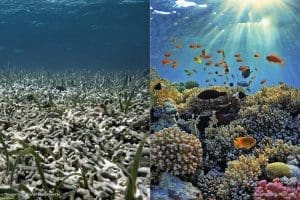
Why it’s used:
-
It helps catch colorful fish without harming their bodies
Why it’s bad:
- The poison damages coral and other animals
- Many fish die after being caught
- It creates a toxic underwater environment
3. Ghost Fishing
This sounds spooky—and it is! Ghost fishing happens when lost or abandoned nets keep trapping fish long after they’ve been left behind.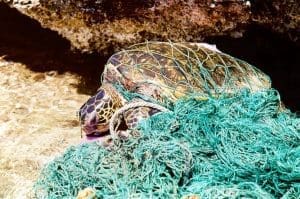
Why it happens:
-
Nets break or are thrown away
Why it’s bad:
- Fish, turtles, and even dolphins get trapped
- It wastes marine life
- It causes plastic pollution
4. Using Illegal Nets
Some fishers use super fine nets, called gillnets or driftnets, that catch everything—including baby fish, turtles, and sharks.
Why they’re used:
-
They catch lots of fish in one go
Why they’re illegal:
- They don’t let young fish grow and reproduce
- They trap endangered species
- They often go against size and species rules
5. Fishing Without a License or in Protected Areas
Some fishers skip the paperwork or go fishing in areas where it’s banned.
Why they do it:
- To avoid paying fees
- To catch rare or protected species
Why it’s wrong:
- Protected areas help fish recover
- Illegal fishing in these zones is like stealing from the ocean
How Illegal Fishing Affects Everyone🐟
You might think, “I don’t fish, so why should I care?” But actually, illegal fishing affects us all.
Here’s how:
- It threatens food security
Millions of people around the world rely on fish to eat. If too many fish are taken illegally, there won’t be enough left. - It hurts the economy
Honest fishers lose money and jobs when others cheat. - It harms marine life
Sea turtles, dolphins, and sharks often get caught and killed. - It damages ecosystems
Coral reefs, which support thousands of species, get destroyed.
Who’s Fighting Back?🐟
Thankfully, many people and organizations are working to stop illegal fishing.
Some are:
- 🌍 Governments, by setting strict laws and patrols
- 🐠 Marine biologists, who study the ocean and its creatures
- 🚢 Coast guards, who catch illegal fishers at sea
- 🌱 NGOs (non-profits), that raise awareness and teach fishers better ways
And guess what? You can help too!
What Can We Do to Help?🐟
Helping might be easier than you think. Here are some ideas:
🛒 1. Choose Sustainable Seafood
Look for labels like: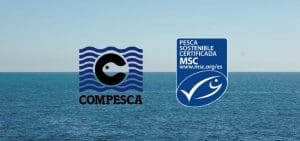
- MSC (Marine Stewardship Council)
- Friend of the Sea
- Ocean Wise
These mean the fish were caught the right way.
📚 2. Spread the Word
Tell your friends and family about illegal fishing methods. The more people who know, the more pressure there is to stop it.
🗳️ 3. Support Ocean-Friendly Laws
Vote for leaders who protect oceans. Support laws that punish illegal fishing.
🧽 4. Reduce Plastic Use
Less plastic = less ocean pollution = fewer ghost nets.
Let’s Wrap It Up🐟
Illegal fishing methods might sound like something far away, but their effects are very real and very close. They threaten our food, our oceans, and our planet. To understand how illegal fishing impacts real people, explore our article on Fishing for a Living and learn what life is like for honest fishers around the world.
But by learning about them and making smart choices, we can all be ocean heroes. 🌊🐟
Let’s choose to protect our seas—not only for today but for generations to come.
